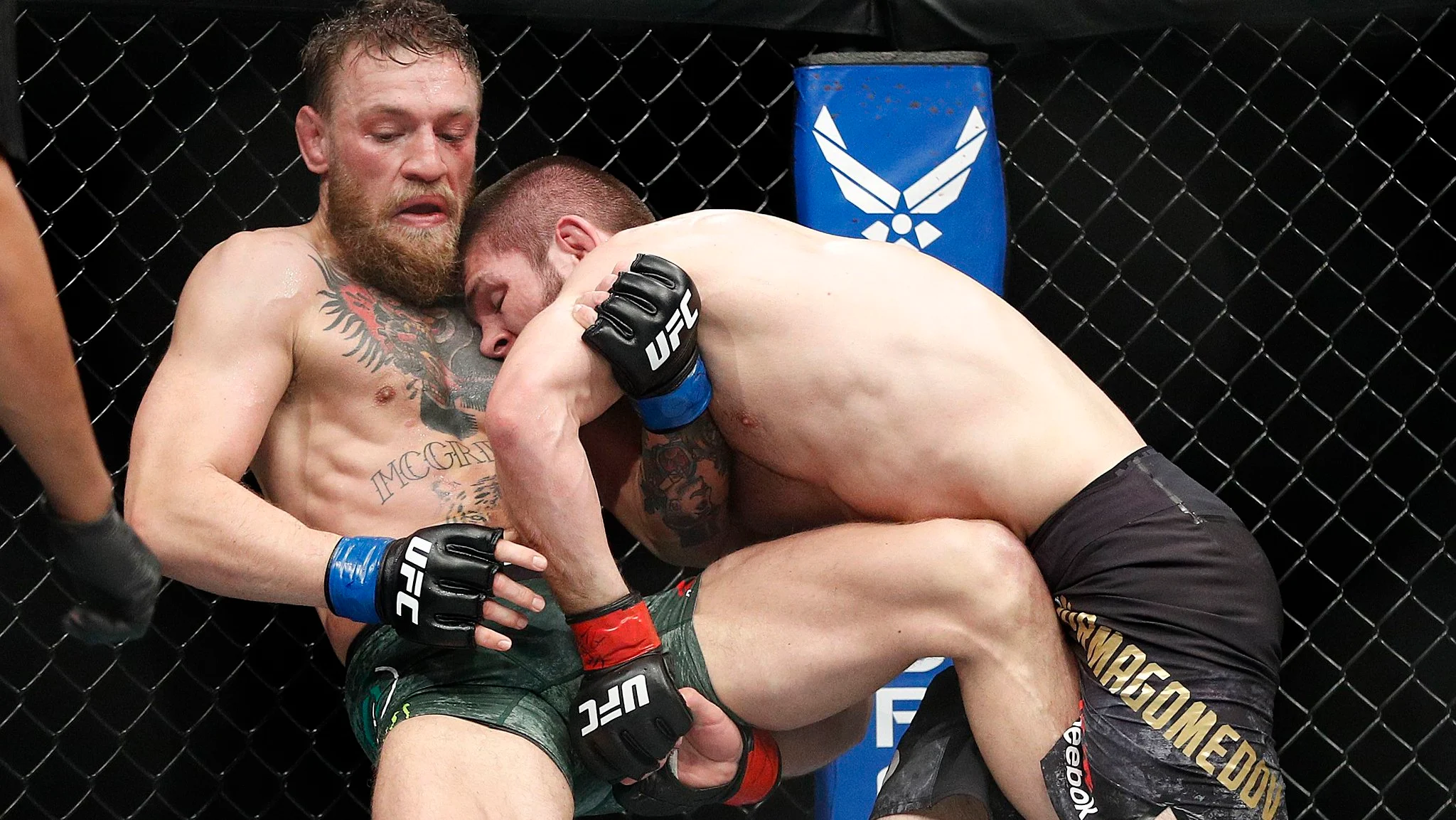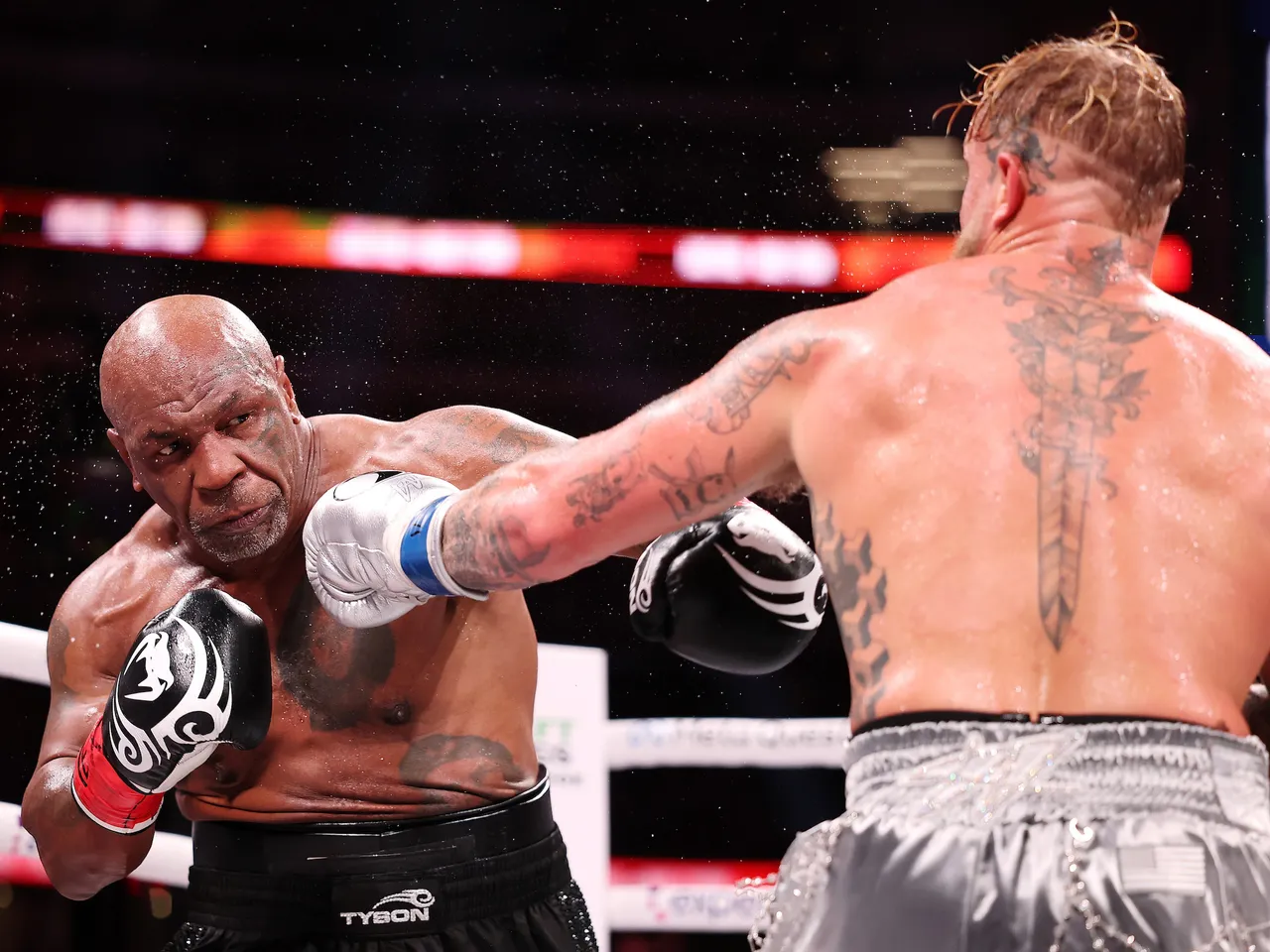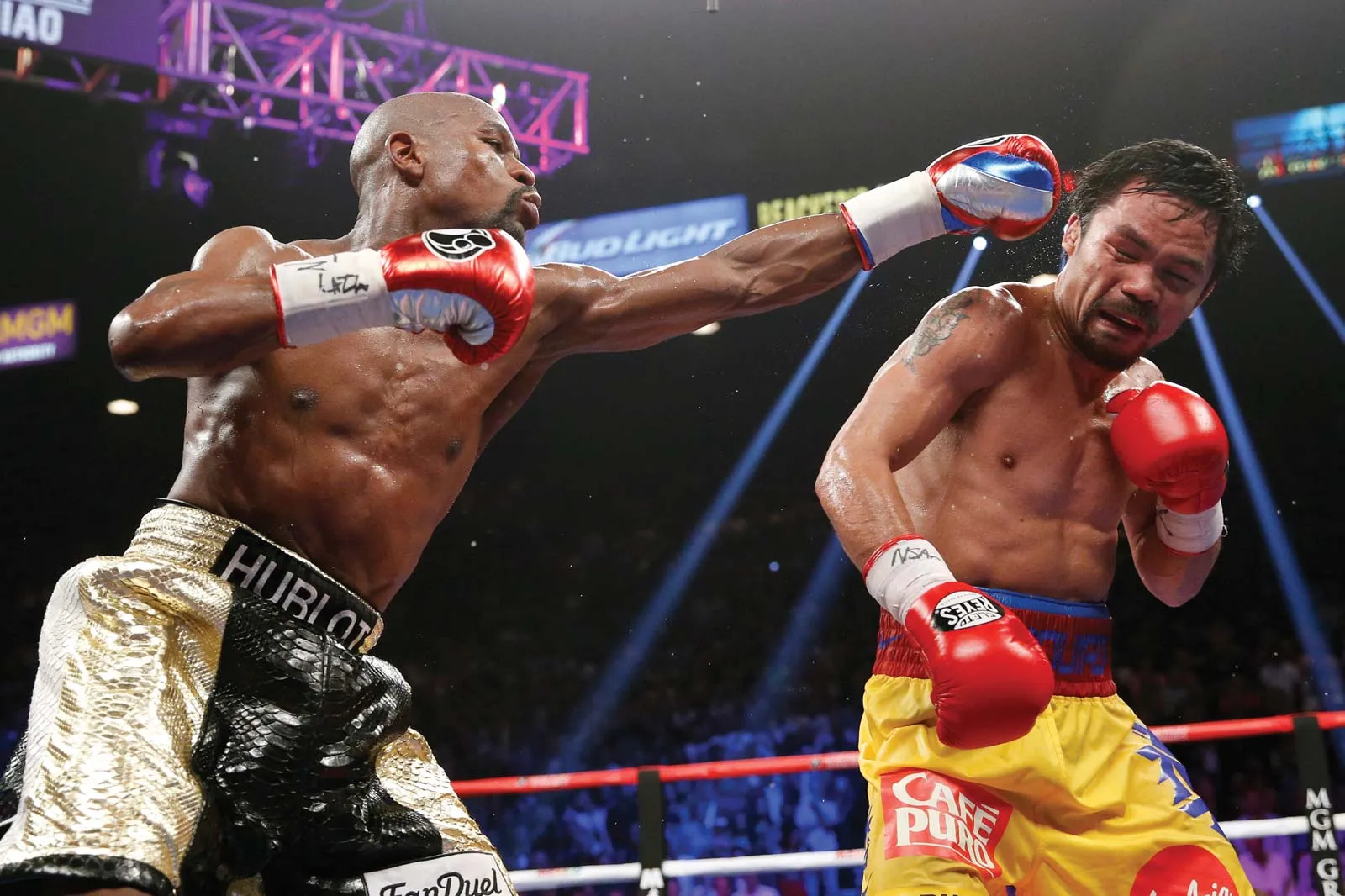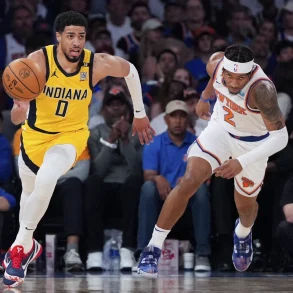The debate over whether boxers earn more than MMA fighters is a common topic among combat sports enthusiasts. High-profile earnings in boxing—like Floyd Mayweather’s nine-figure paydays—often overshadow the perceived modest paychecks of mixed martial artists, sparking assumptions that boxers universally earn more. However, this simplistic view fails to account for the complex financial structures, revenue streams, and disparities that exist in both sports. To truly understand the earning potential in boxing and MMA, it is essential to look beyond headline-making figures and consider average payouts, median incomes, and the systemic factors influencing fighter pay.
Boxing and MMA differ significantly in organizational structure, which directly impacts fighter earnings. Boxing operates as a fragmented industry, with fighters negotiating their terms with independent promoters, broadcasters, and sanctioning bodies. This decentralized model allows elite boxers to capitalize on competitive bidding among promoters and secure substantial purses.
In contrast, MMA—dominated by the UFC—functions more like a centralized league. The UFC controls the vast majority of elite fighters and events, making it the premier organization in MMA. While this model has contributed to the UFC’s global success, it also limits fighters’ bargaining power, as few alternatives exist for earning similar levels of exposure and income outside the UFC. This consolidation impacts pay scales and leaves MMA fighters at a disadvantage compared to boxers, who often enjoy more lucrative opportunities at the negotiation table.

When comparing fighter pay, fans often cite the enormous purses of athletes like Floyd Mayweather or Conor McGregor. Mayweather’s $100 million-plus paydays dwarf McGregor’s record UFC earnings of around $10 million for a single fight. However, these comparisons focus on outliers rather than averages, failing to represent the majority of fighters in either sport.
A more accurate assessment emerges from examining average and median pay levels across a broader spectrum of fighters. This approach provides a clearer picture of the financial realities faced by most boxers and MMA fighters, who are far removed from the highest echelons of their sports.
Analyzing the Numbers: A Comparative Study
A detailed analysis of 2015 fighter pay from Nevada, California, and Florida highlights significant disparities between boxing and MMA earnings. The dataset covered 148 events, including 826 MMA fighters and 1,320 boxers, with payouts ranging from $0 to $100 million.
Boxing Pay Breakdown
- Total Purse: $228.3 million
- Average Earnings (Mean): $172,948
- Median Earnings: $3,250
MMA Pay Breakdown
- Total Purse: $17.9 million
- Average Earnings (Mean): $21,714
- Median Earnings: $1,250
UFC-Specific Pay
- Average Earnings (Mean): $63,651
- Median Earnings: $28,000

These figures reveal stark contrasts. While top-tier UFC fighters fare better than many of their MMA counterparts, their earnings still fall short of elite boxers’ pay. Additionally, the median earnings in both sports highlight that most fighters earn relatively modest amounts, with MMA fighters disproportionately represented in the lowest income brackets.
Median earnings provide a crucial insight into the financial struggles faced by lower-tier fighters. In boxing, 23% of athletes earned $1,000 or less per fight in the analyzed dataset. In MMA, this figure was significantly higher, with 48% of fighters earning $1,000 or less. These statistics underscore the harsh economic realities for the majority of fighters in both sports, where only a select few earn substantial sums.
For MMA fighters, the issue is exacerbated by the UFC’s market dominance. Unlike boxers, who can negotiate with multiple promoters, most MMA fighters must adhere to the UFC’s pay structure, which prioritizes profits for the organization over generous payouts for its athletes.
High Earners: Boxing’s Dominance
The disparity between boxing and MMA is most evident at the highest income levels. Of the 19 highest-paid fighters in the analyzed dataset, all were boxers. Floyd Mayweather’s $100 million payday for his fight against Manny Pacquiao dwarfed the earnings of MMA’s top earners. Anderson Silva, the highest-paid MMA fighter in the dataset, earned $800,000, a fraction of Mayweather’s earnings.
This trend reflects boxing’s ability to generate massive purses for marquee events, driven by pay-per-view sales, ticket revenue, and lucrative sponsorship deals. While the UFC also generates substantial revenue, its centralized structure limits fighters’ ability to negotiate a larger share of the financial pie.
Revenue Streams: A Tale of Two Models
Contrary to popular belief, the UFC often outpaces boxing in annual revenue through diversified streams, including pay-per-view events, video games, merchandise, and global media deals. However, the distribution of this revenue heavily favors the UFC as an organization rather than its fighters. It is estimated that UFC fighters receive around 20% of the organization’s revenue, compared to boxers, who typically receive 60-80% of event revenue under the Muhammad Ali Act.
This disparity highlights the importance of revenue-sharing structures in determining fighter pay. The Ali Act mandates transparency in boxing, requiring promoters to disclose financial details to fighters and ensuring a fairer distribution of revenue. MMA lacks similar protections, leaving fighters with limited insight into the financial details of their events.
The UFC’s position as the dominant MMA organization creates unique challenges for fighters seeking fair pay. As a near-monopoly, the UFC controls most of the sport’s top talent and revenue-generating events, limiting competition among promoters. While this model has streamlined the growth of MMA and increased its global appeal, it has also restricted fighters’ earning potential.
Unlike boxing, where athletes can negotiate with multiple promoters, UFC fighters must adhere to the organization’s pay structure, which includes strict contract terms, performance bonuses, and sponsorship limitations. This centralized model has been criticized for prioritizing the UFC’s profits over the financial well-being of its athletes.

Potential Reforms and Challenges
Efforts to improve fighter pay in MMA have included proposed extensions of the Muhammad Ali Act to cover MMA, unionization attempts, and antitrust lawsuits against the UFC. These initiatives aim to increase transparency, enhance bargaining power, and create a more equitable distribution of revenue for fighters. However, they face significant obstacles, including:
Resistance from the UFC: As the dominant organization, the UFC has little incentive to support changes that could reduce its profitability or increase fighters’ leverage.
Lack of Fighter Solidarity: Unionization efforts in MMA have struggled due to the diverse backgrounds and priorities of fighters, who often prioritize individual careers over collective action.
Legal and Legislative Hurdles: Expanding the Ali Act to cover MMA requires legislative action, which is a slow and uncertain process.
Despite these challenges, ongoing efforts to improve transparency and competition in MMA could eventually lead to higher pay and better conditions for fighters.
The debate over fighter pay in boxing and MMA reveals stark contrasts in how the two sports operate. While boxers generally earn more than MMA fighters, this disparity is not universal and depends heavily on the level of competition, organizational structure, and revenue-sharing mechanisms. For most fighters, the financial realities are challenging, with median earnings reflecting modest paychecks and limited opportunities for financial security.
Addressing these disparities requires systemic reforms in MMA, including increased transparency, improved revenue-sharing models, and enhanced bargaining power for fighters. Until these changes occur, the gap between boxing and MMA pay will persist, leaving many fighters striving for a fairer share of the sports they dedicate their lives to.







